The 6 most Important Cities in the Roman Empire
The Roman Empire, was anchored by cities that were not just administrative capitals but also cultural, economic, and social hubs.
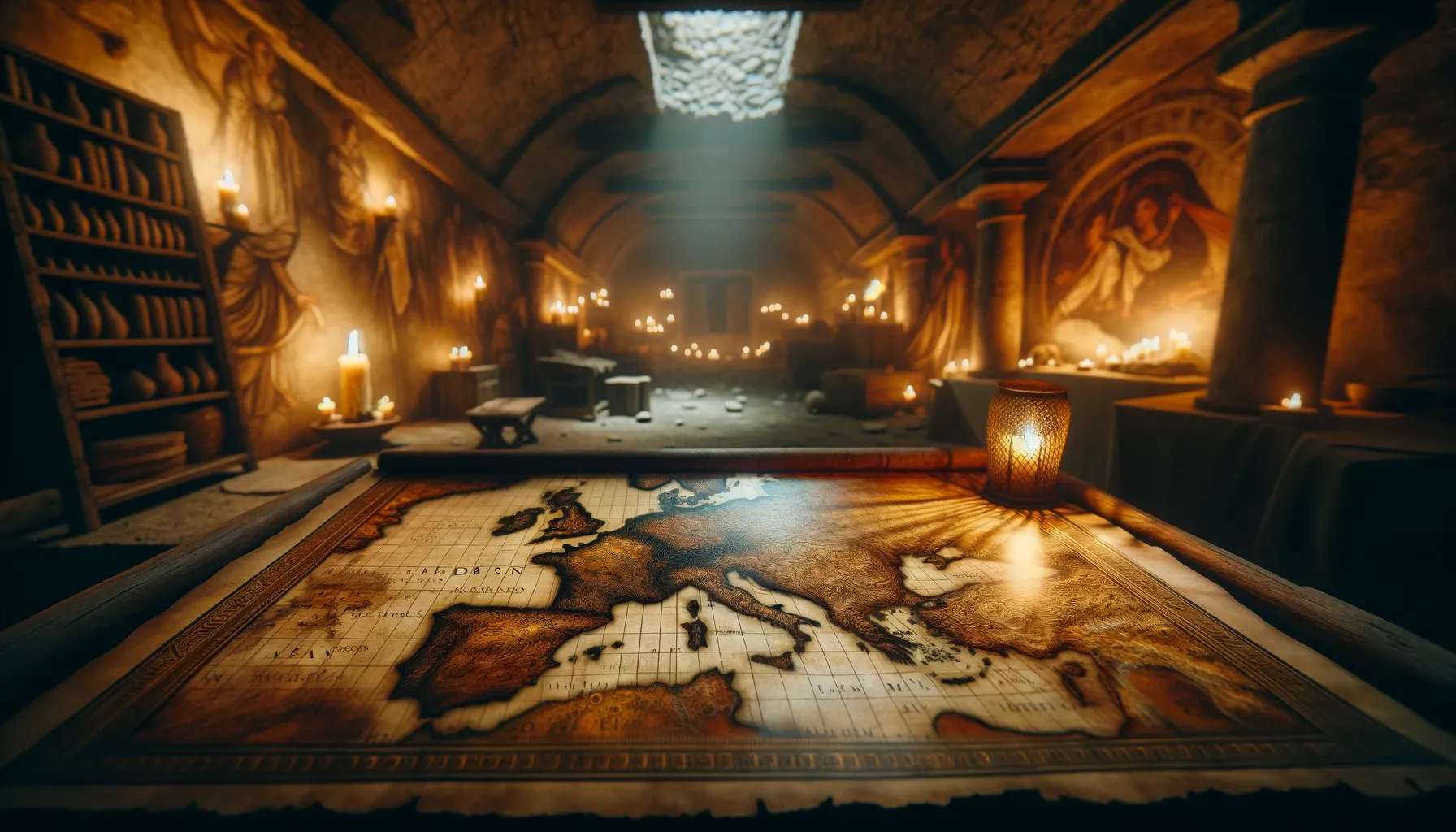
The Roman Empire, known for its astonishing breadth and depth, was anchored by cities that were not just administrative capitals but also cultural, economic, and social hubs. These cities were miracles of Roman engineering, governance, and culture, each playing an important role in the fabric of the empire.
1. Rome: The Eternal City
Rome, the famous capital of the Roman Empire and now Italy, was an essential stronghold in ancient times. Its power and significance as a center of military, political, and cultural life grew alongside the empire. Strategically located on the Italian peninsula along the Tiber River, Rome's access to the Mediterranean Sea facilitated trade and military expeditions.
This critical location established its status as the empire’s capital. Rome was not only the seat of government but also a vibrant hub for entertainment and society, celebrated for iconic ancient structures like the Colosseum, the Pantheon, and the Roman Forum, which remain as testaments to its illustrious past.
The proverb 'All roads lead to Rome' aptly describes its centrality for centuries as the most significant city in the Roman world. As the capital and hub of governance, including the Senate and the Emperor, Rome was the largest city in the ancient world, peaking at around one million inhabitants in the first century CE.
Yet, Rome was the culmination of a lineage of ancient Mediterranean metropolises that had been centers of culture, trade, and politics long before it asserted its dominance. Even post-conquest, these cities maintained their splendor, traditions, and cultural pride, continuing as vital centers in the Roman Empire, secondary only to Rome itself.
2. Carthage: From Rival to Roman Stronghold
Once Rome's fiercest rival, Carthage, located in present-day Tunisia, was rebuilt by Julius Caesar and Augustus after the Punic Wars. It quickly rose to prominence again under Roman rule, becoming one of the empire's most important cities in Africa. Known for its affluent provinces, Carthage was a vital administrative and trading center, reflecting Rome's ability to integrate and enhance the regions it conquered .

Few cities have been demolished and then reborn with such vigor as Carthage, situated on the Tunisian coast. Established in 814 BCE by the legendary Queen Dido, Carthage started as a Phoenician colony and blossomed into the preeminent trading hub of the ancient Mediterranean. At its zenith in the fourth and third centuries BCE, the city, known in Phoenician as "new city" (Kart hadašt), boasted a large theater, numerous temples, and an extensive agora at its heart.
Carthage's two harbors—one for trade and a circular one for military purposes—underscored its naval dominance, which fueled the city's expansion across North Africa, Spain, Sicily, and Sardinia. However, its aggressive expansion brought it into direct conflict with Rome, leading to the three Punic Wars and Carthage's eventual destruction in 146 BCE.
Julius Caesar re-founded Carthage as a Roman city in 44 BCE, although it was no longer a capital city. Despite this, Carthage remained magnificent and evolved into the most significant Roman city in Africa. Its former citadel was graced with a grand temple honoring Jupiter, Juno, and Minerva. The Romans also added a plethora of public structures such as baths, theaters, an amphitheater, and a vast hippodrome.
The surrounding lands of Carthage, already fertile, were further cultivated, turning the region into a crucial provider of grain for the empire. By the fourth century, Carthage had emerged as a vital hub for Christianity in Roman Africa. Though the Vandals took control in 439 CE, they did not strip Carthage of its grandeur, and it continued to flourish under Byzantine rule after 533. However, the city was ultimately destroyed in 698 CE by Islamic forces, from which it never recovered.
3. Alexandria: The Beacon of Knowledge
Alexandria, in Egypt, was renowned for its great Library and the Lighthouse of Alexandria, one of the Seven Wonders of the Ancient World. Founded by Alexander the Great and later incorporated into the Roman Empire, it was a melting pot of Greco-Roman and Egyptian cultures. The city was a center for learning and scholarship, attracting philosophers, scholars, and scientists.
Alexandria, distinguished by its illustrious founder (Alexander the Great), was established in 332 BCE. Situated on the Mediterranean coast within the fertile Nile delta, it was designated as the capital for Alexander’s expansive empire. Although Alexander initiated its founding, he continued on his campaign into Persia and never returned to see the city fully realized. After his death in 323 BCE, his general Ptolemy relocated Alexander's body to Alexandria, making it the heart of the new Ptolemaic kingdom, thereby cementing its status as a pivotal cultural and political center.
Under the Ptolemaic rulers, Alexandria blossomed into a major hub of commerce, overshadowing Tyre—a city previously devastated by Alexander. The establishment of the Great Library under Ptolemy I transformed Alexandria into a vibrant center for scholarly activity, drawing a host of scholars, philosophers, scientists, and artists.
The city also boasted impressive architectural feats such as the mausoleum of Alexander, which stood as a testament to the city's revered founder. Additionally, the Heptastadion, a massive causeway, linked the city to the island of Pharos, where the famous Lighthouse was located. By the third century BCE, Alexandria had grown into the world’s largest city, a cosmopolitan metropolis with over half a million residents.
After its incorporation into the Roman Empire in 44 BCE, Alexandria maintained its reputation as an intellectual and cultural powerhouse. Known for housing the largest Jewish diaspora in the Empire and a pivotal center for Jewish scholarly activity, Alexandria was notable for producing the Septuagint, the Greek translation of the Bible, around 132 BCE. By the fourth century, it had become a vital center of Christian theology and a prominent hub for Christianity.
During this period, conflicts between religious groups led to the destruction of the Serapeum and parts of the Great Library. The city's decline was hastened by internal religious strife and the disenfranchisement of its hinterland communities, paving the way for its conquest by the Sassanid Persians in 619 and later by Islamic forces in the 7th century. A devastating tsunami in 365 further damaged the city, and by the 14th century, the once-glorious lighthouse had succumbed to earthquakes.
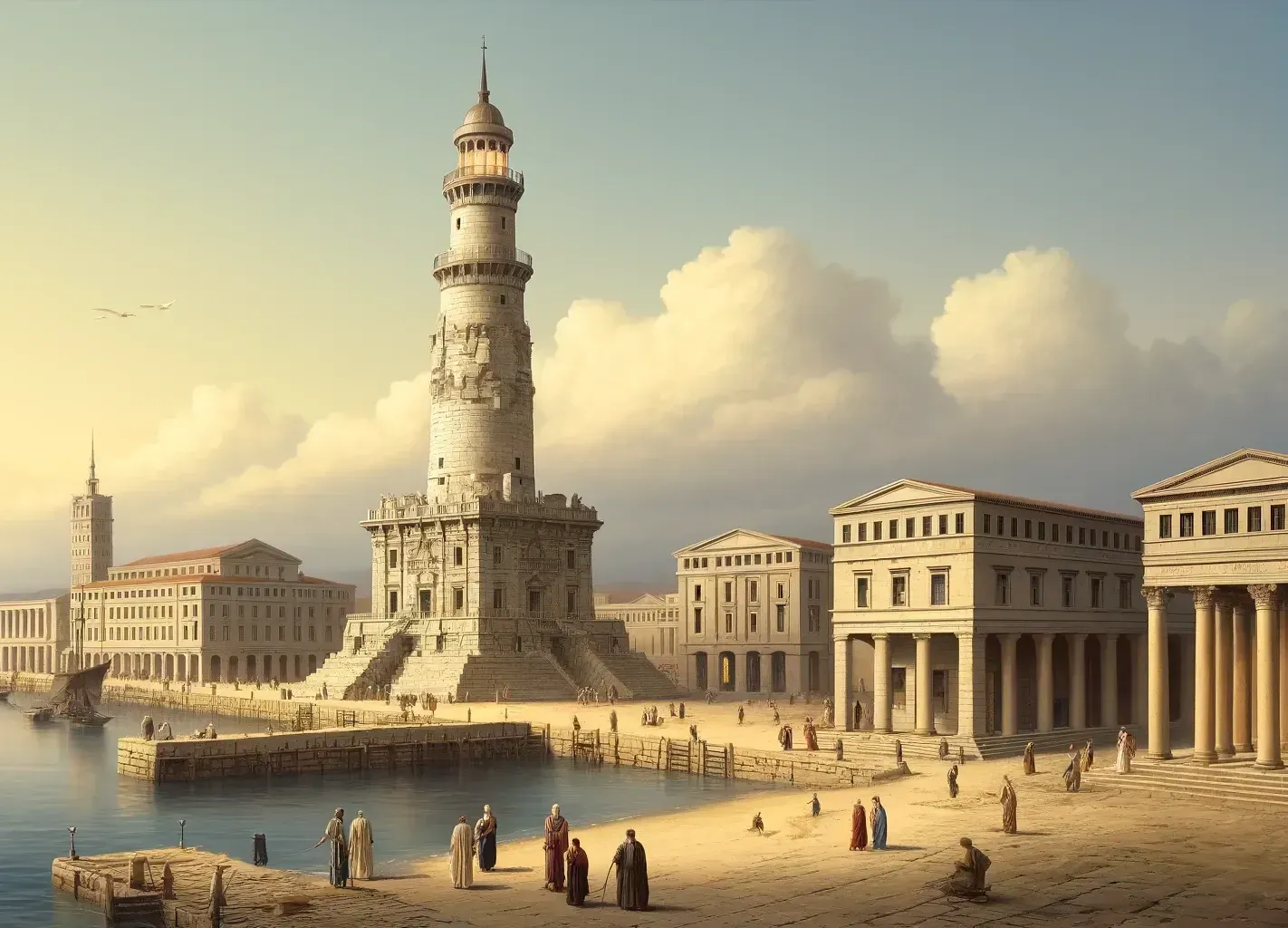
4. Antioch: The Queen of the East
As one of the largest cities of the Roman Empire, Antioch on the Orontes in modern-day Turkey was known as the "Queen of the East." It served as a vital hub of commerce, located on the Silk Road, and played a crucial role in the spread of Christianity. The city's diverse population made it a vibrant center for cultural and religious exchange.
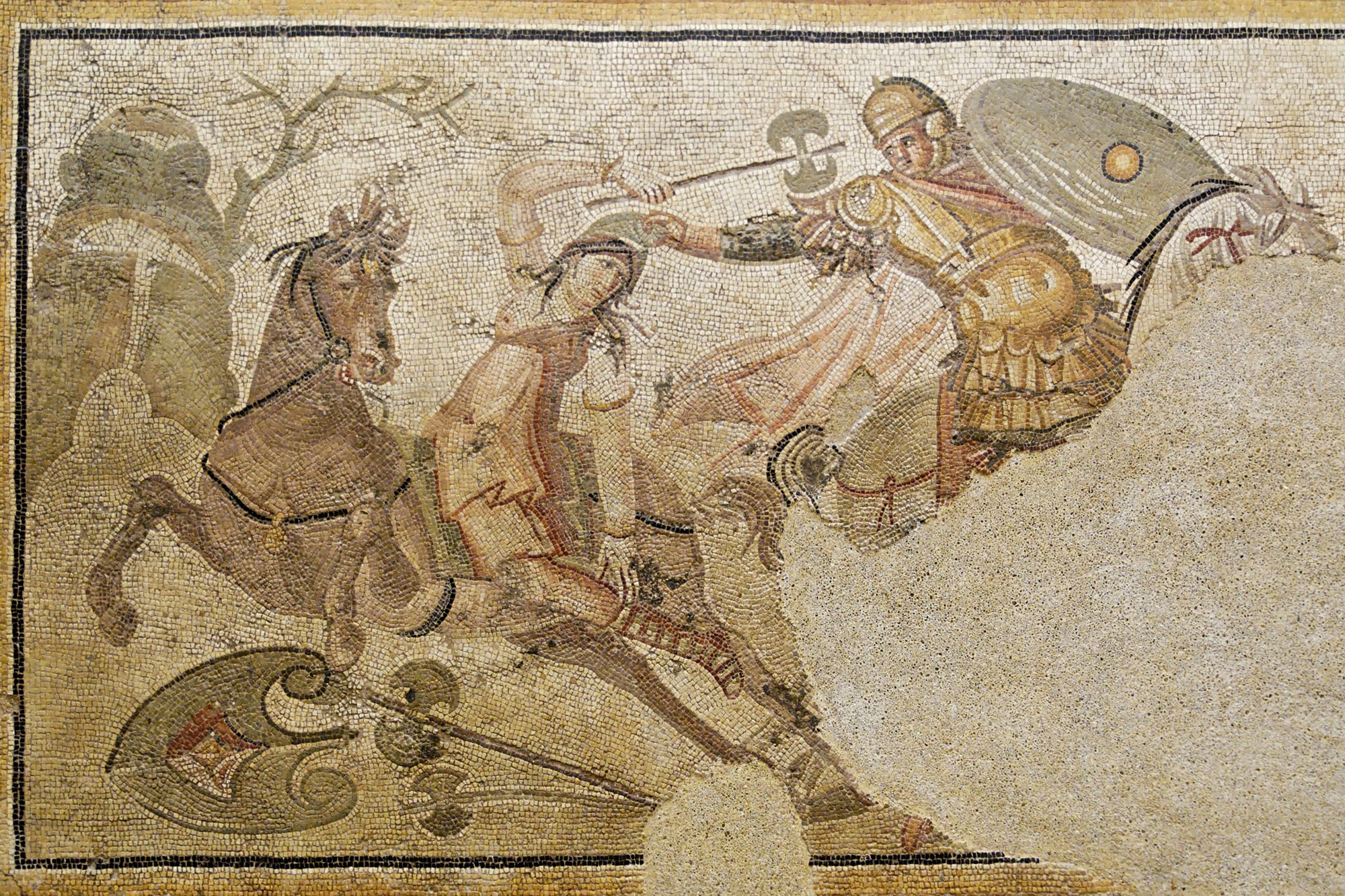
Following the death of Alexander the Great, his extensive empire was thrown into turmoil due to conflicts among his generals. One of the most notable of these generals, Seleucus I Nicator, established Antioch in 301 BCE along the Orontes River near the Mediterranean. This city quickly became a significant cultural and economic hub, largely due to its strategic location at the western end of the Silk Road. The nearby resort of Daphne became a luxurious retreat for the elite, featuring notable landmarks like the great temple of Pythian Apollo, which attracted pilgrims from afar.
When Pompey the Great incorporated Antioch into the Roman Empire in 64 BCE, the city retained its prominence, evolving into a major administrative center in the Roman East and a favored destination for Roman emperors over the more remote Alexandria. Antioch was renowned for its grand public structures, including baths, an amphitheater, and a vast hippodrome that accommodated up to 80,000 spectators. However, its proximity to the empire's eastern border also made Antioch vulnerable to attacks, and it was repeatedly besieged and captured by the Sassanid Persians throughout its history.
Antioch, known for its vulnerability to natural calamities, experienced at least five significant earthquakes starting from 187 BCE. Despite these challenges, the city emerged as a major Christian center by late antiquity, drawing pilgrims to its impressive churches. However, the sixth century marked the beginning of its decline with a series of disasters including a major fire, more earthquakes, a Persian invasion, and a plague, which collectively reduced its population significantly.
By the mid-seventh century, Antioch was captured by the Arabs and subsequently became a contested site between the Byzantine Empire and the Arab Caliphates. It briefly returned to Christian control in 1098 through the efforts of the Byzantine and Crusader armies. Although it fell outside Byzantine control again, except for a short period under Emperor Manuel Komnenos in the late 12th century, Antioch remains notable today for its stunning Roman mosaics.
5. Ephesus: The city of Artemis
According to legend, Ephesus was established by the Amazons, named after their queen Ephesia. Historical records trace the city's origins back to the 7th century BCE, noting its destruction by the Cimmerians and subsequent resurgence under Lydian rule. Ephesus thrived, especially under King Croesus, who initiated the construction of the magnificent Temple of Artemis, recognized as one of the Seven Wonders of the Ancient World. As a prosperous hub, the city underwent relocation in the Hellenistic period due to siltation at the old harbor.
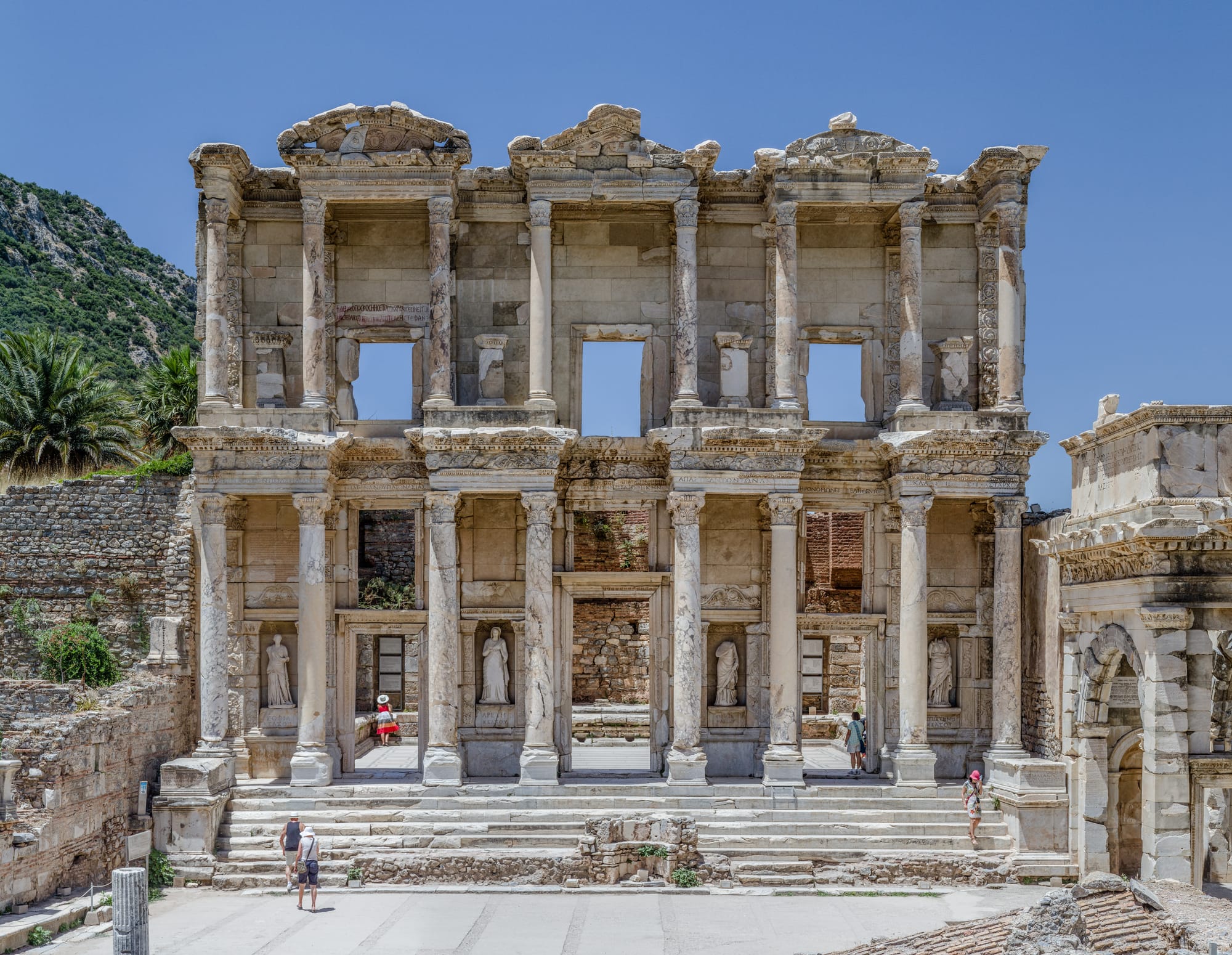
In 129 BCE, Ephesus came under Roman control through inheritance from King Attalos of Pergamon and remained loyal to Rome except for a brief revolt in 88 BCE. Under Roman rule, it served as a regional capital, maintaining its status as a wealthy and influential center.
The city was a beacon of learning and philosophy, home to the impressive Library of Celsus and a theater that hosted 25,000 spectators, making it the largest in the Roman world. This theater was notably the site of significant public unrest against the teachings of Paul in 57 CE. Over time, despite early resistance, Ephesus emerged as a vital center of early Christianity, hosting the largest Christian community within the empire.
Ephesus held significant religious importance, being the recipient of one of the Pauline epistles and mentioned among the seven churches in the Book of Revelation. It's also speculated that the Gospel of John might have been written there. The city hosted several pivotal 5th-century Christian Councils, including the Council of Ephesus. Historically, Ephesus suffered extensive damage when the Goths sacked it in 263 AD, but it was later rebuilt. However, its commercial significance waned as its harbor became obstructed by silt from the Küçükmenderes River. The city experienced further devastation from an earthquake in 614, marking a decline in its historical prominence.
In 262 CE, the Goths severely damaged Ephesus, including the iconic Temple of Artemis. Despite attempts by the empire to restore the city, Ephesus struggled to regain its past magnificence. Over time, its population dwindled and the urban landscape contracted. By the sixth century, Emperor Justinian constructed the last significant structure, the basilica of St. John.
The port of Ephesus gradually became obsolete, and by the time the Seljuqs conquered it in 1090, it had diminished to a minor village. Although Ephesus experienced a brief resurgence in the 14th century, it eventually fell into oblivion, with its exact location forgotten until rediscovered in 1869.
6.Constantinople: The New Rome
Constantinople, established as the capital of the Roman Empire by Constantine the Great in 330, remained a pivotal cultural and political center long after the fall of its western counterpart in the late 5th century. It served as the capital of the Eastern Roman or Byzantine Empire until 1453, briefly became the center of the Latin Empire from 1204 to 1261, and was then the capital of the Ottoman Empire until 1922.
After the Turkish War of Independence, the capital of Turkey was moved to Ankara. Renamed Istanbul in 1930, today it is the largest city in Europe, straddling the Bosporus and serving as Turkey's financial hub, uniquely positioned between Europe and Asia.
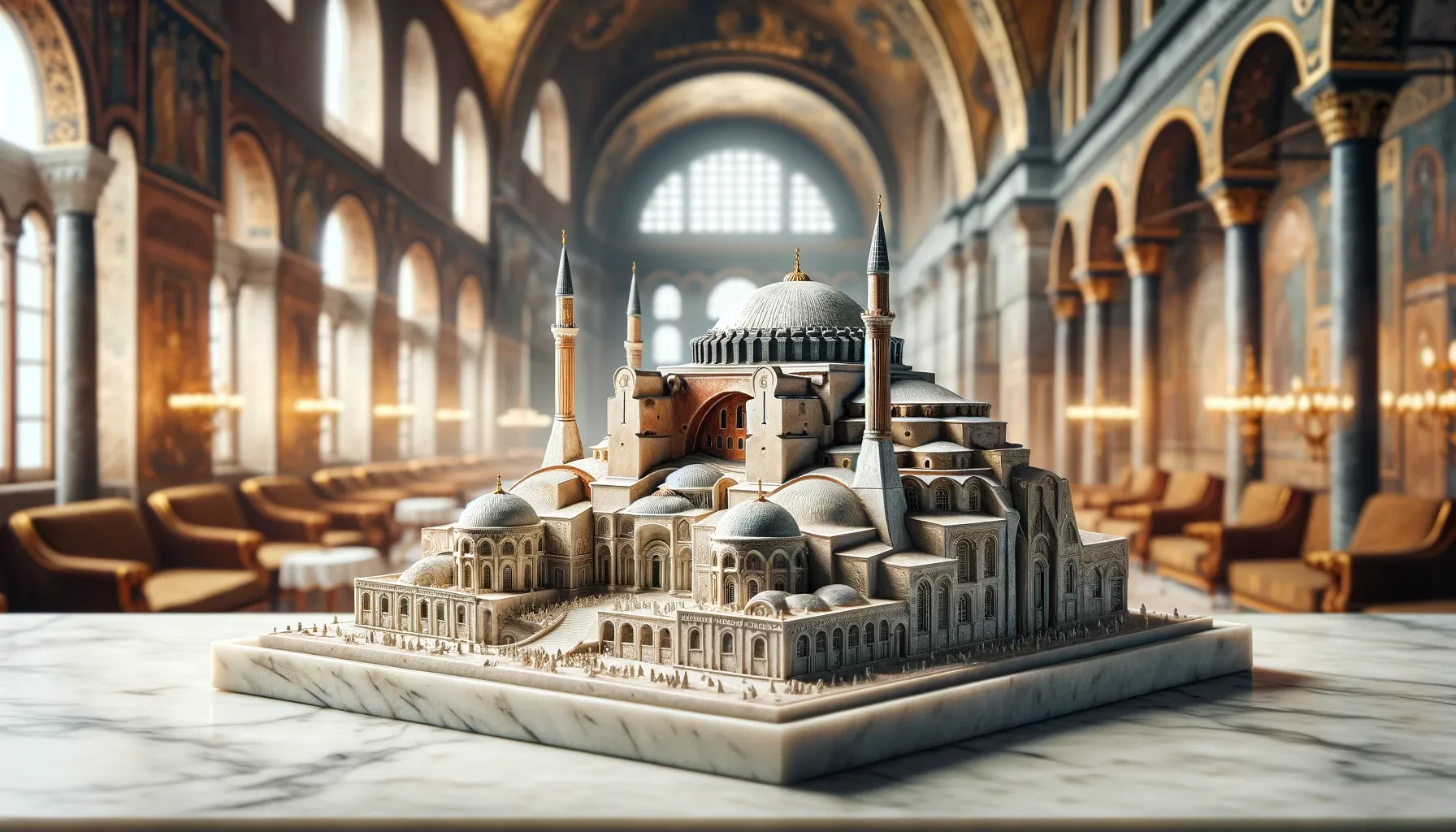
Thanks to its superb natural harbor, the Golden Horn, Constantinople flourished as a vital commercial and maritime hub in the Mediterranean, strategically controlling essential sea routes and land-based trade. Emperor Constantine aimed to build a city that would not only match but exceed Rome in splendor. He launched extensive construction projects, including the Hippodrome with a capacity of 50,000 spectators, the opulent Great Palace, and the Mese, a grand colonnaded thoroughfare that linked the city's large forums.
The city's infrastructure was also enhanced with extensive aqueducts that channeled water into massive underground cisterns. Constantine adorned the city with numerous statues and monuments from across the empire. This tradition of architectural grandeur was continued by his successors, notably with the construction of the Hagia Sophia under Emperor Justinian in the 6th century, a masterpiece of Byzantine architecture.
For over a thousand years, Constantinople was celebrated for its opulence and luxurious trade markets, standing as the heart of the formidable Byzantine Empire and symbolizing the empire's grandeur. The city's churches, particularly the Hagia Sophia, were so magnificent that they inspired the Rus' embassy to convert to Orthodoxy.
The immense wealth of Constantinople made it a prime target throughout history, yet it was well-defended by formidable land walls that were breached only once. The capture of Constantinople by the Ottoman armies in 1453 marked the end of the medieval Roman Empire and the last of the great ancient Roman cities. Under its new rulers, the city remained a capital, eventually known as Konstantinye and later Istanbul, continuing its legacy as a magnificent cultural and political center.



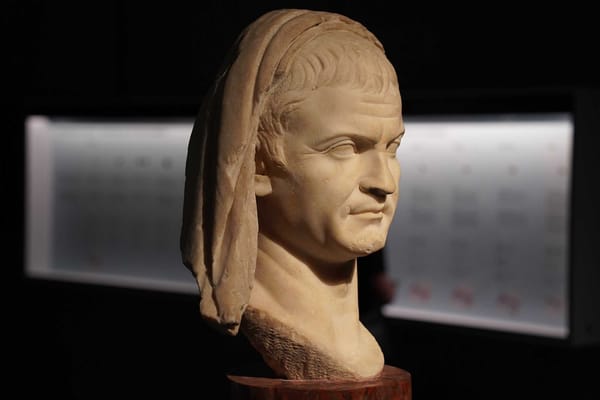

About the Roman Empire Times
See all the latest news for the Roman Empire, ancient Roman historical facts, anecdotes from Roman Times and stories from the Empire at romanempiretimes.com. Contact our newsroom to report an update or send your story, photos and videos. Follow RET on Google News, Flipboard and subscribe here to our daily email.
Follow the Roman Empire Times on social media: